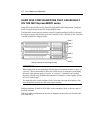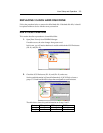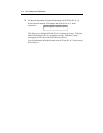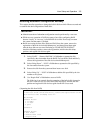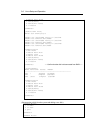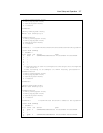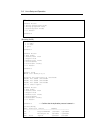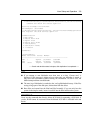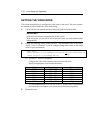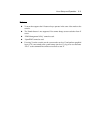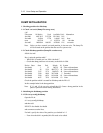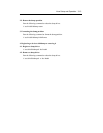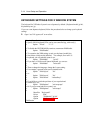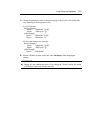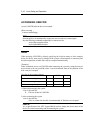
Linux Setup and Operation 3-9
<<<Perform recovery to each md device. After a while, use the following
command and check the status again.>>>
#service diskdmp initialformat
#diskdumpctl /dev/hadb6
<<<For boot disks (Slot0 and Slot3),
initialize the diskdump partition
and regisrer the disk devices again.>>>
Command Action
1 New Disks
2 Remove Half Disk
3 Repair Disk
4 Remove Full Disks
5 Status(Raid)
6 Status(All Disks)
9 <= Return
Command:5
[Status(Raid)]
Name Partition Status Member
--------------------------------------------------
md1 / duplex (0)hada2 (3)hadb2
md2 duplex (0)hada3 (3)hadb3
md0 /boot duplex (0)hada1 (3)hadb1
<<<If each md device’s status is duplex, disk duplication is completed.>>>
TIPS:
If you attempt to start ftdiskadm more than once at a time, “Cannot start” is
displayed. If this message is displayed even when only one ftdiskadm is started, it
may have been terminated without clearing the information. In such a case, run
ftdiskcleanup and then start ftdiskadm.
The trace log of ftdiskadm is recorded to the /var/log/ftdiskadm directory. If the files
occupy a large part of the disk space, delete them from the oldest.
Boot disks are inserted into the Slot0 and Slot3 normally. If you can only boot the
system in the simplex mode, insert a boot disk into the Slot0 and boot the system.
IMPORTANT:
Never use the command that directly deletes SCSI disk for separating a SCSI disk. If
you do, RAID cannot be recovered when the deleted SCSI disk is included in the md
device.




